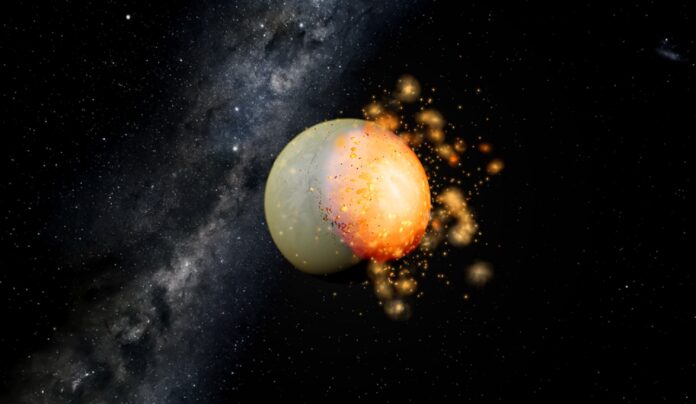The comparatively unblemished surface of Venus has set it apart from nearby planets and moons, such as Earth, for many years. Many scientists have tried to explain this young surface age of Venus.
One prevalent theory holds that plate tectonics existed on Venus at one point but mysteriously ended around 500 million years ago. Others have attempted to develop physically more sound models because this explanation is admittedly ad hoc but with varying degrees of success.
Now, Yale and the Southwest Research Institute scientists may have found what keeps Venus looking young: a high-energy, revitalizing boost it received in its earliest years.
Jun Korenaga, a professor of Earth and planetary sciences at Yale’s Faculty of Arts and Sciences, said, “We would expect Venus to be heavily cratered, but surprisingly, it is much less cratered than the moon or Mars.”
Scientists believe they have solved the mystery.
In their research, they consider the possibility that Venus routinely saw more potent bolide impacts than Earth did, particularly in the early solar system’s history, roughly 4.5 billion years ago. Due to the large amount of planetary debris still in space at the time, bolide bombardments occurred at a high rate and intensity. The intensity of the bombardments decreased with time.
In the same region of the solar system, solid materials collided and eventually merged to form the two rocky planets of Earth and Venus. The planets’ small variations in distance from the sun altered their impact histories, specifically the frequency and nature of these events.
Despite having a similar size and bulk density, Earth and Venus operate strikingly differently, particularly affecting the processes that move materials through a planet.
The researchers discovered an unusual pattern after performing models of more routine bolide impacts: more strikes that blasted deeper into Venus resulted in superheating of the planet’s core.
Korenaga said, “This superheated core could have a long-lasting influence on the volcanic history of Venus. It could keep heating the mantle for a few billion years, with sufficient volcanic activity to cover up most craters and reduce the apparent surface age to only a few hundred million years.”
Two upcoming NASA space missions to Venus — VERITAS and DAVINCI — and well as the planned European mission EnVISION are expected to provide new, high-resolution data on the tectonic and bolide impact history of Venus.
Journal Reference:
- Marchi, S., Rufu, R. & Korenaga, J. Long-lived volcanic resurfacing of Venus driven by early collisions. Nat Astron (2023). DOI: 10.1038/s41550-023-02037-2
